Home>Gardening & Outdoor>Pool & Spa Care>Why Is My Chlorine Level So Low In Hot Tub
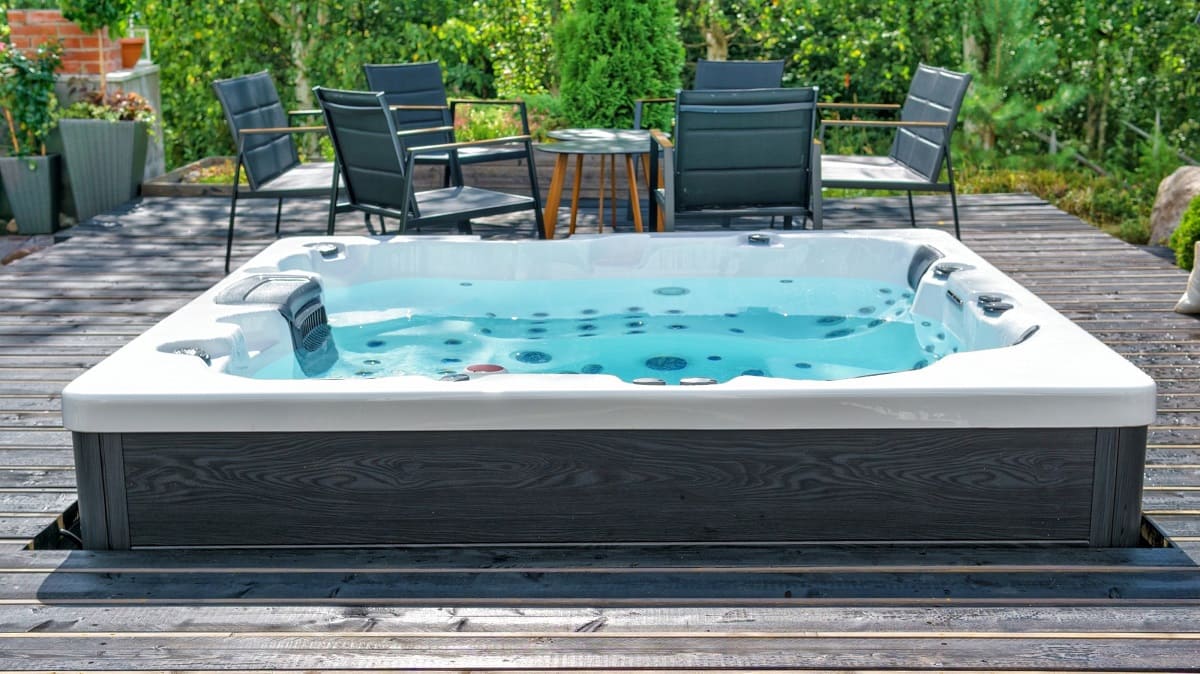

Pool & Spa Care
Why Is My Chlorine Level So Low In Hot Tub
Modified: August 23, 2024
Discover the reasons behind low chlorine levels in your hot tub and learn effective pool and spa care tips to maintain a healthy chlorine balance. Find solutions to keep your hot tub water clean and safe.
(Many of the links in this article redirect to a specific reviewed product. Your purchase of these products through affiliate links helps to generate commission for Storables.com, at no extra cost. Learn more)
Introduction
So, you've noticed that the chlorine level in your hot tub is lower than it should be. Don't worry, you're not alone. Many hot tub owners encounter this issue at some point, and there are various reasons why it might occur. In this article, we'll delve into the factors that can lead to low chlorine levels in hot tubs, as well as the importance of maintaining proper chlorine levels for a safe and enjoyable soaking experience.
Chlorine plays a crucial role in hot tub water maintenance, as it effectively eliminates bacteria, algae, and other contaminants, ensuring that the water remains clean and safe for use. When the chlorine level drops below the recommended range, it can compromise the water's sanitation, potentially leading to cloudy water, unpleasant odors, and even skin irritation.
Understanding the reasons behind low chlorine levels is essential for effectively addressing the issue and preventing it from recurring. From environmental factors to maintenance practices, there are several potential culprits to consider. By gaining insight into these factors, you'll be better equipped to maintain balanced chlorine levels and enjoy a pristine hot tub environment.
In the following sections, we'll explore the common causes of low chlorine levels in hot tubs, as well as practical tips for testing and maintaining chlorine levels to ensure a clean and inviting soaking experience. Let's dive in and uncover the secrets to achieving optimal chlorine levels in your hot tub!
Key Takeaways:
- Regularly test and adjust chlorine levels in your hot tub to keep the water clean and safe for soaking. Factors like bather load and environmental conditions can affect chlorine levels, so stay vigilant.
- Maintain balanced chlorine levels by testing water, adjusting chlorine dosage, and performing shock treatments. This ensures a hygienic and enjoyable hot tub experience for you and your guests.
Read more: How To Lower Chlorine Level In Hot Tub
Understanding Chlorine Levels
Before delving into the reasons behind low chlorine levels in hot tubs, it’s essential to grasp the significance of maintaining appropriate chlorine levels. Chlorine serves as a potent sanitizer, effectively combating bacteria, algae, and other contaminants that can compromise the cleanliness and safety of hot tub water. By sustaining the ideal chlorine concentration, typically measured in parts per million (ppm), hot tub owners can ensure that the water remains clear, odor-free, and free from harmful microorganisms.
Chlorine exists in various forms in hot tub water, with the two primary types being free available chlorine (FAC) and combined chlorine (CC). FAC denotes the amount of chlorine available to sanitize the water, while CC indicates the chlorine that has already reacted with contaminants. The ratio of FAC to CC is a critical indicator of water quality, with high CC levels signaling the presence of organic matter and the need for shock treatment to restore the chlorine balance.
When chlorine levels are within the recommended range, typically between 3-5 ppm, hot tub water remains effectively sanitized, minimizing the risk of waterborne illnesses and ensuring a pleasant soaking experience. However, maintaining chlorine levels within this range requires vigilance and regular testing, as various factors can influence the rate at which chlorine is consumed or degraded in hot tub water.
By comprehending the role of chlorine in hot tub water maintenance and familiarizing yourself with the different forms of chlorine and their implications, you’ll be better prepared to identify and address issues related to low chlorine levels. In the subsequent sections, we’ll explore the common factors that can lead to diminished chlorine levels in hot tubs, empowering you to take proactive measures to uphold optimal water quality.
Causes of Low Chlorine Levels in Hot Tubs
Several factors can contribute to low chlorine levels in hot tubs, impacting the water’s sanitation and potentially compromising the overall soaking experience. Understanding these potential causes is crucial for effectively addressing the issue and maintaining balanced chlorine levels. Let’s explore some common culprits behind low chlorine levels in hot tubs:
- High Bather Load: A significant influx of bathers can lead to increased organic contaminants in the water, causing chlorine to deplete more rapidly. This is especially common during social gatherings or events where multiple individuals use the hot tub simultaneously.
- Environmental Factors: Exposure to sunlight, high temperatures, and wind can accelerate chlorine degradation, reducing its effectiveness as a sanitizer. Additionally, rainwater, pollen, and other outdoor debris can introduce contaminants that consume chlorine, leading to decreased levels.
- Insufficient Chlorine Dosage: Inadequate addition of chlorine or sanitizer to the hot tub water can result in suboptimal chlorine levels. Failing to maintain the recommended chlorine concentration can leave the water vulnerable to bacterial growth and diminish its ability to neutralize contaminants.
- Presence of Organic Matter: Organic substances such as sweat, body oils, and cosmetics introduced by bathers can react with chlorine, forming combined chlorine and reducing the amount of free available chlorine in the water. Regular shock treatments and thorough filtration are essential for addressing organic buildup.
- Improper pH Levels: Unbalanced pH levels can impact the efficacy of chlorine, with high pH levels causing chlorine to become less active. Monitoring and adjusting the pH of the water is crucial for optimizing chlorine performance and maintaining a healthy hot tub environment.
By recognizing these potential causes of low chlorine levels, hot tub owners can take proactive measures to mitigate the factors contributing to chlorine depletion and uphold optimal water quality. Regular maintenance, diligent water testing, and adherence to recommended chlorine dosages are vital for combating the effects of these contributing factors and ensuring that the hot tub water remains clean, clear, and inviting.
Check for proper pH and alkalinity levels, as they can affect chlorine effectiveness. Also, make sure the hot tub is covered when not in use to prevent chlorine from evaporating.
Testing and Maintaining Chlorine Levels
Regular testing and diligent maintenance practices are essential for ensuring that the chlorine levels in your hot tub remain within the recommended range, safeguarding the water’s cleanliness and the well-being of those who enjoy it. By incorporating the following testing and maintenance strategies into your hot tub care routine, you can effectively monitor and regulate chlorine levels:
- Water Testing: Utilize reliable test kits to assess the chlorine levels in your hot tub water regularly. These kits typically measure free available chlorine (FAC) and combined chlorine (CC), providing insight into the water’s sanitation status. Testing should be performed at least twice a week, with additional tests following heavy usage or adverse weather conditions.
- Adjusting Chlorine Dosage: Based on the test results, adjust the chlorine dosage as needed to maintain the recommended chlorine concentration, typically between 3-5 ppm. Utilize chlorine granules, tablets, or liquid chlorine to supplement the existing chlorine levels and restore balance to the water.
- Shock Treatments: Periodically administer shock treatments to the hot tub water to oxidize organic contaminants and eliminate combined chlorine. This process helps rejuvenate the chlorine’s effectiveness and ensures that the water remains sanitized and free from impurities.
- Monitoring pH Levels: Regularly test and adjust the pH levels of the hot tub water, aiming for a pH range of 7.2-7.8. Balanced pH levels optimize the performance of chlorine, enhancing its ability to sanitize the water effectively.
- Filtration and Circulation: Maintain a consistent filtration schedule and ensure proper water circulation to facilitate the distribution of chlorine and promote uniform water quality. Clean or replace the hot tub filter as recommended to prevent organic matter buildup and maintain optimal water clarity.
By integrating these testing and maintenance practices into your hot tub care regimen, you can proactively address low chlorine levels and uphold a pristine soaking environment. Consistent monitoring, prompt adjustments, and adherence to recommended maintenance routines are key to sustaining balanced chlorine levels and preserving the water’s clarity, purity, and safety.
Conclusion
Ensuring optimal chlorine levels in your hot tub is vital for maintaining a clean, inviting soaking environment and safeguarding the well-being of those who enjoy it. By understanding the significance of chlorine in hot tub water maintenance and familiarizing yourself with the potential causes of low chlorine levels, you can take proactive measures to address this issue effectively. From high bather loads to environmental factors and inadequate maintenance practices, various factors can contribute to diminished chlorine levels in hot tubs.
Regular testing, diligent maintenance, and prompt adjustments to chlorine dosage and water chemistry are essential for combating the effects of these contributing factors and sustaining balanced chlorine levels. By incorporating these practices into your hot tub care routine, you can uphold optimal water quality, minimize the risk of waterborne contaminants, and ensure a pleasant and hygienic soaking experience for yourself and your guests.
Remember, maintaining appropriate chlorine levels involves a combination of vigilance, regular testing, and adherence to recommended maintenance practices. By staying proactive and attentive to the needs of your hot tub, you can effectively manage chlorine levels, preserve water clarity, and enjoy the rejuvenating benefits of soaking in a clean and well-maintained hot tub.
Embracing a comprehensive approach to hot tub maintenance, including chlorine level management, will contribute to a rewarding and enjoyable soaking experience, allowing you to unwind and relax in a pristine and hygienic environment. With a commitment to diligent care and a thorough understanding of chlorine’s role in water maintenance, you can savor the rejuvenating pleasures of your hot tub with confidence and peace of mind.
Frequently Asked Questions about Why Is My Chlorine Level So Low In Hot Tub
Was this page helpful?
At Storables.com, we guarantee accurate and reliable information. Our content, validated by Expert Board Contributors, is crafted following stringent Editorial Policies. We're committed to providing you with well-researched, expert-backed insights for all your informational needs.
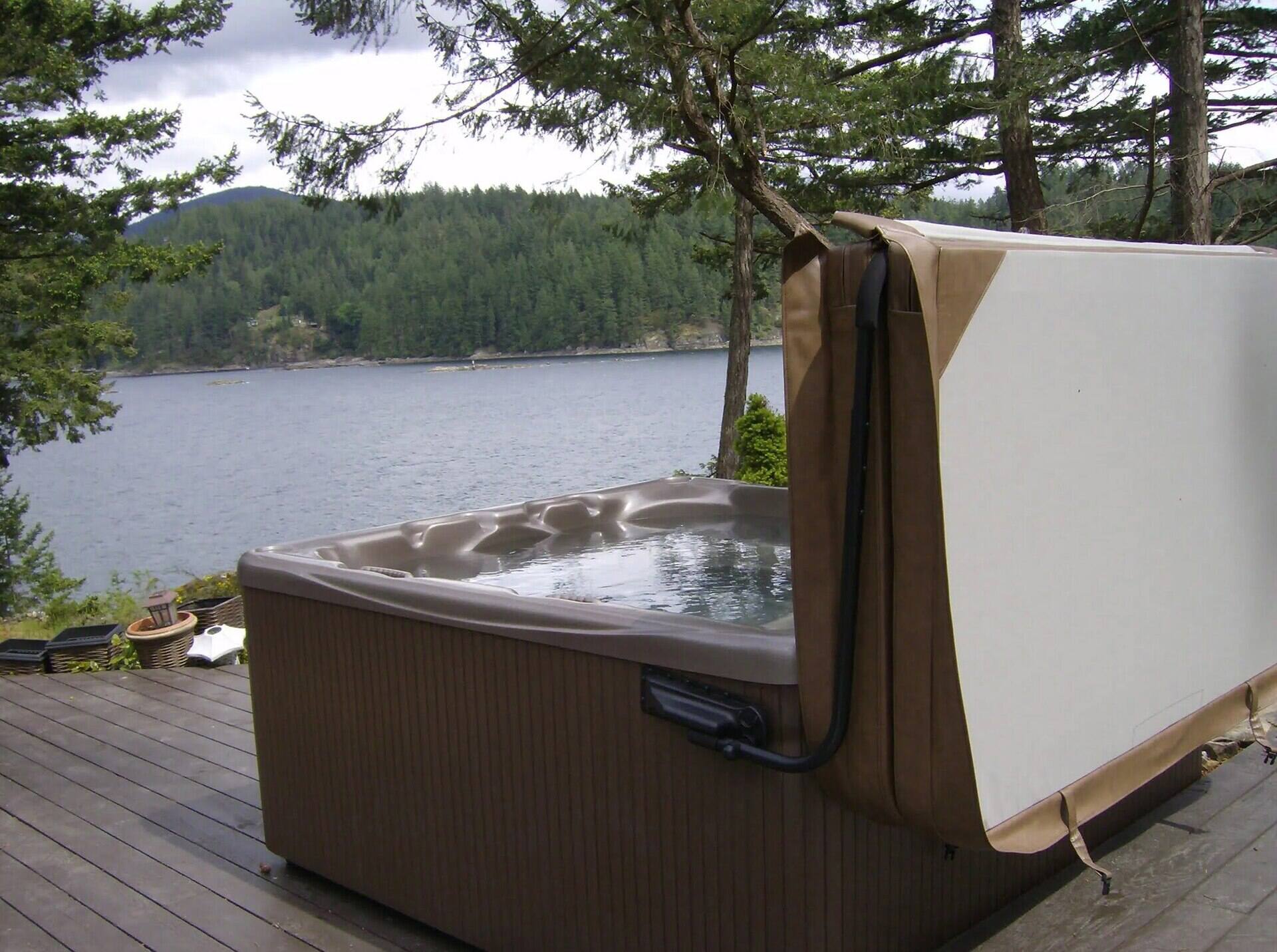
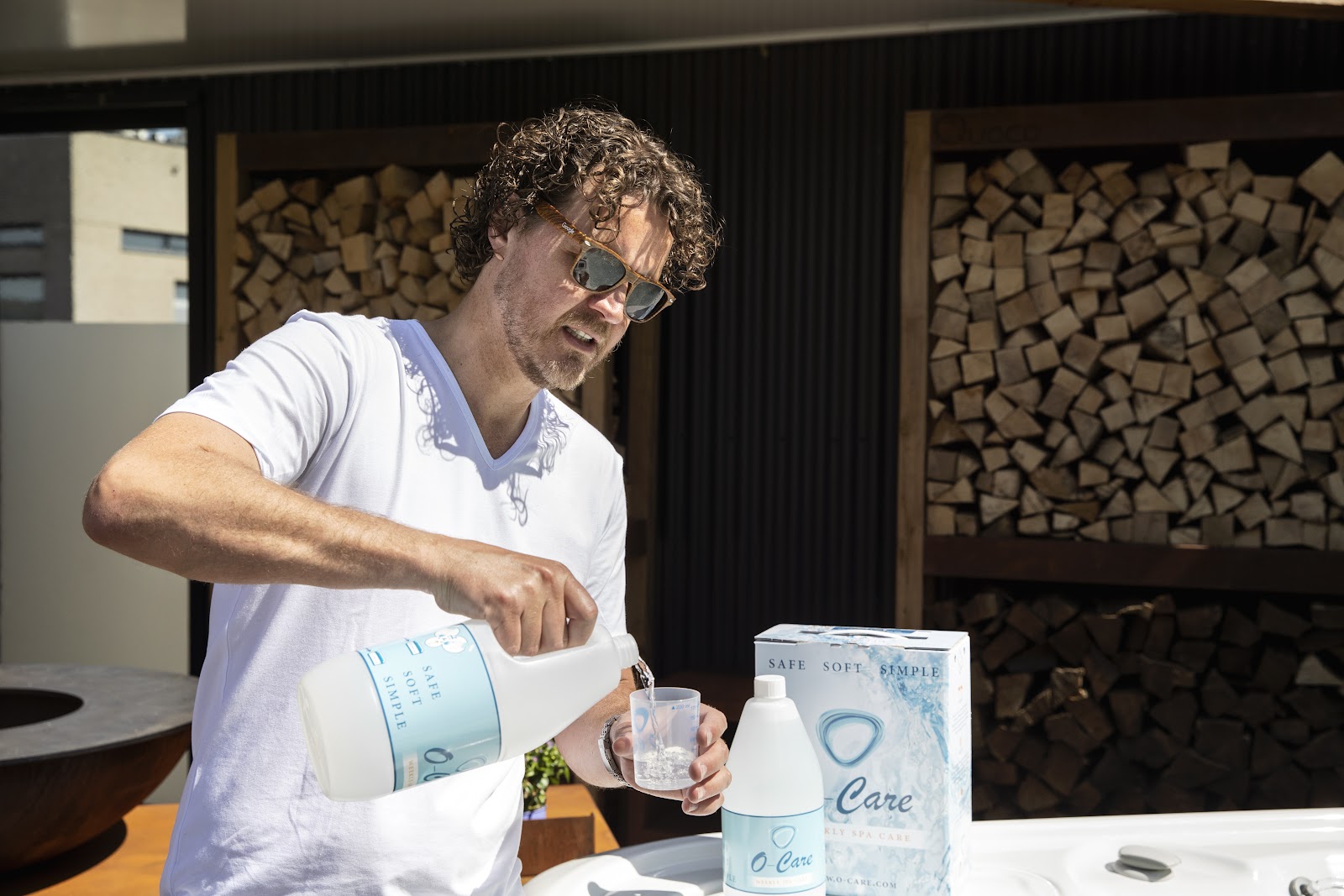
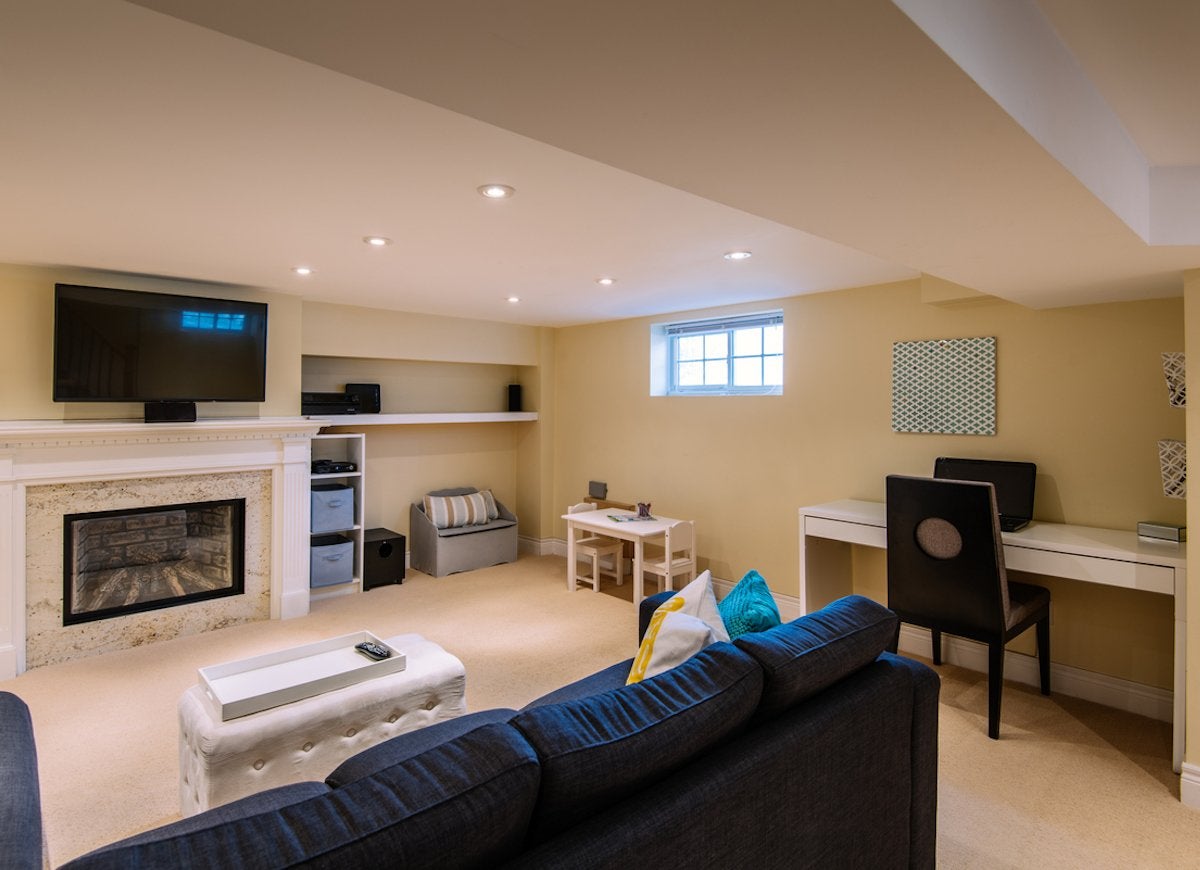
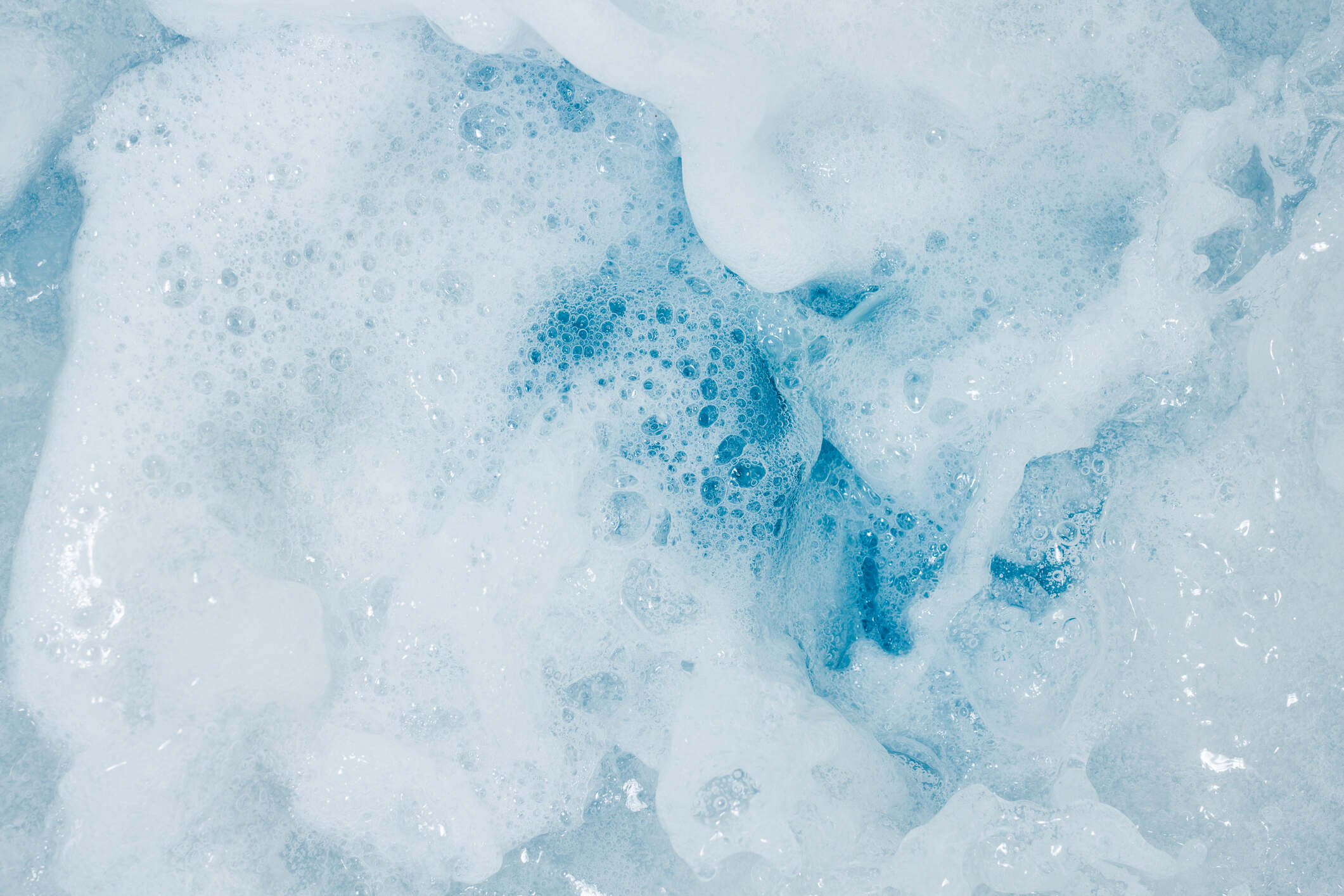
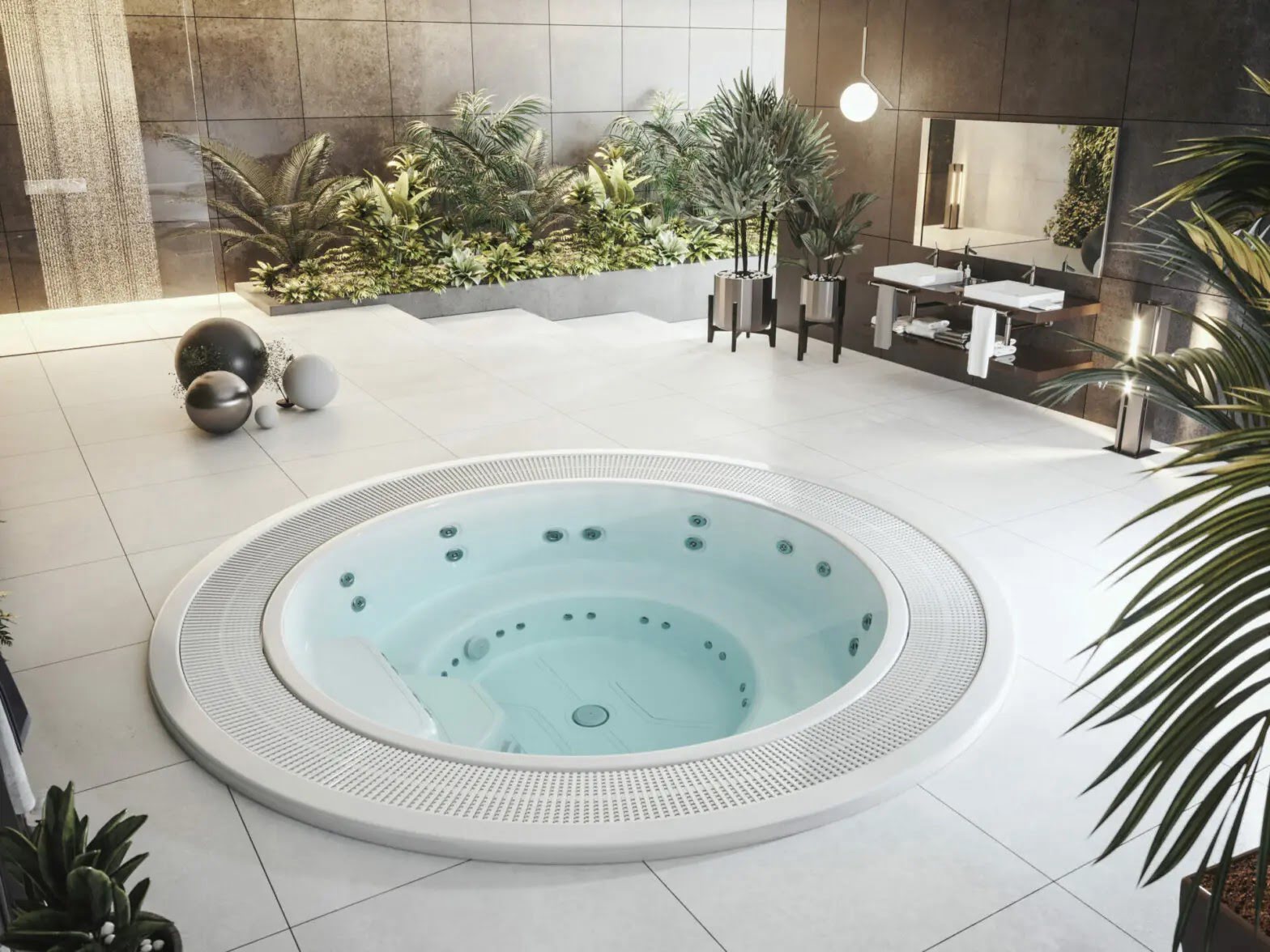
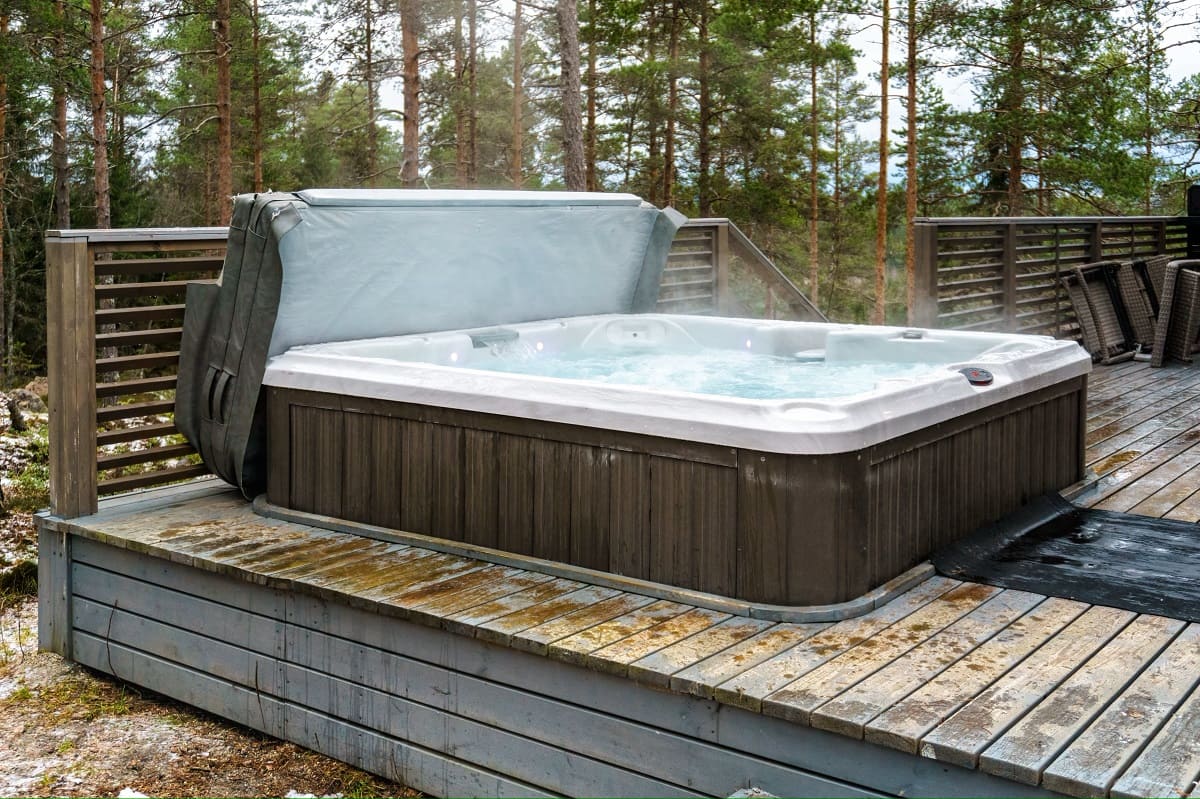
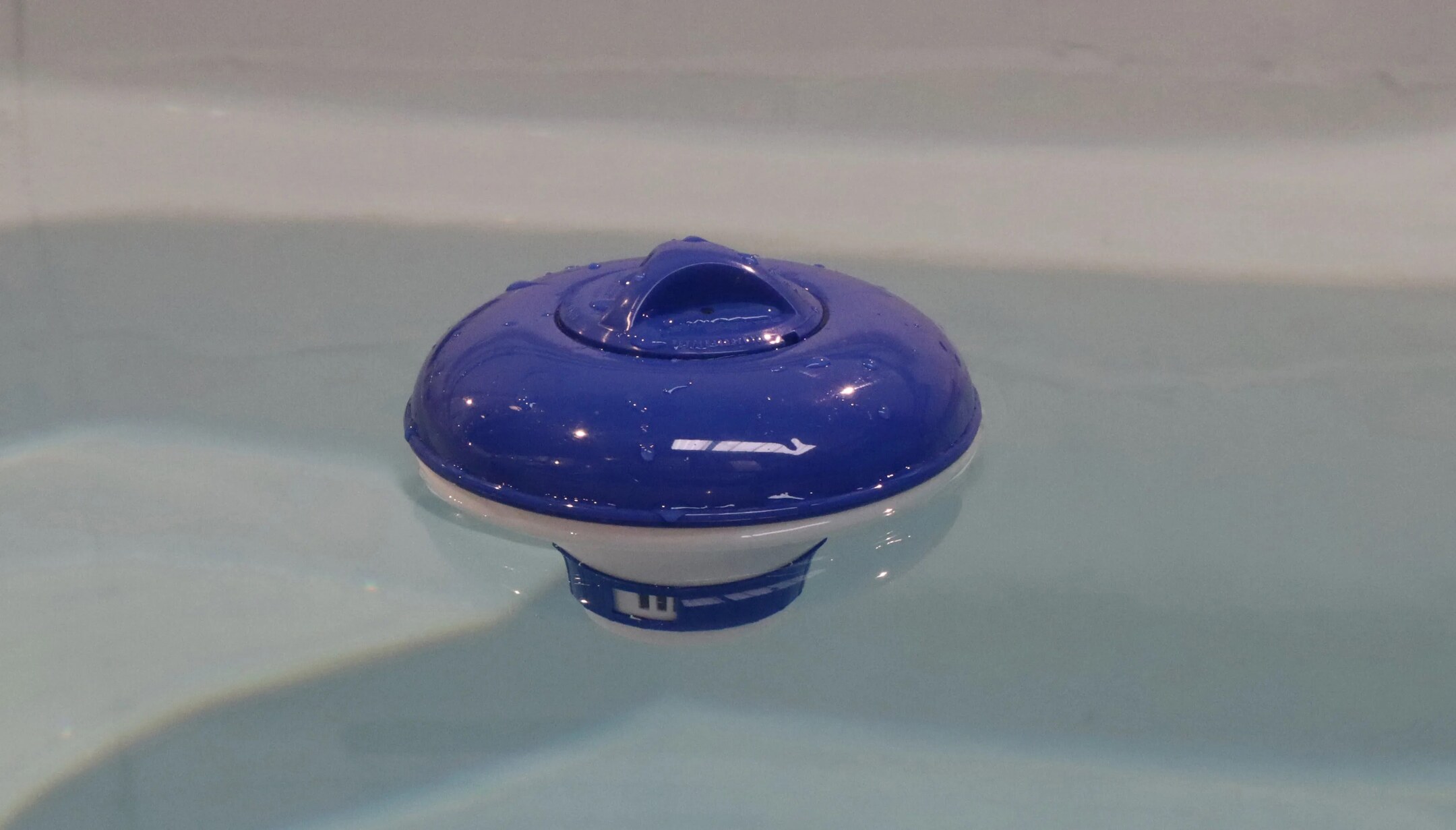
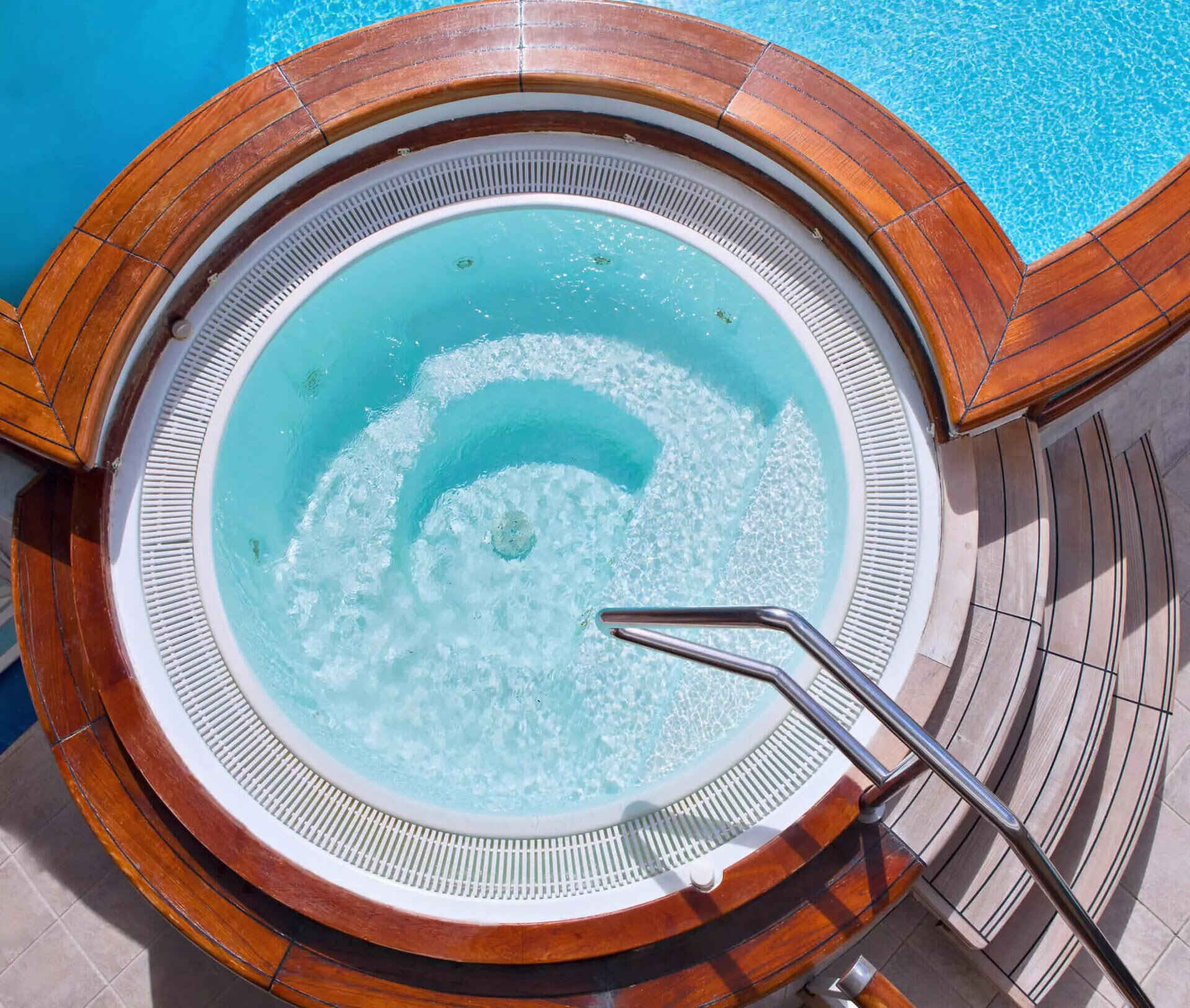
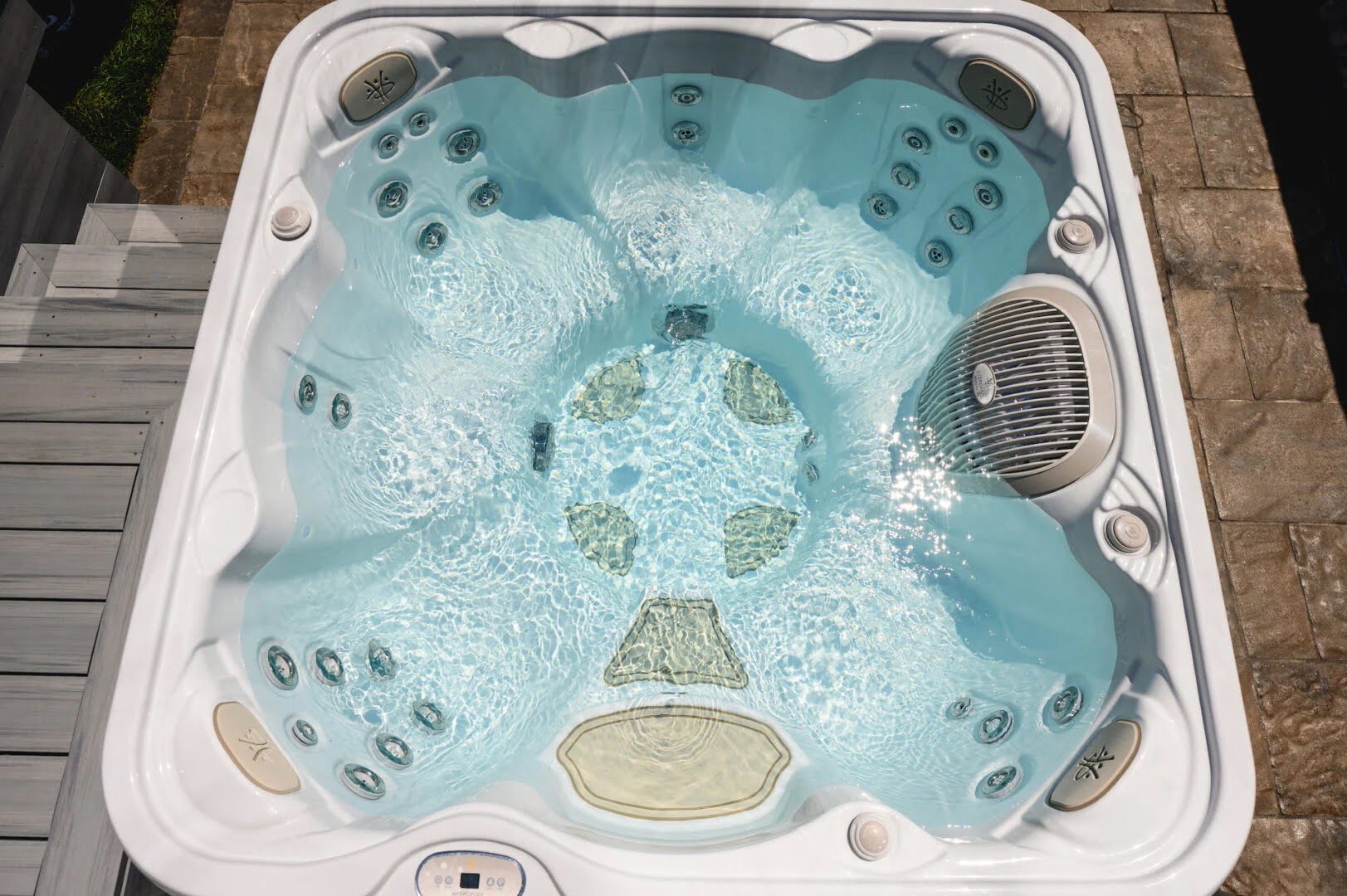
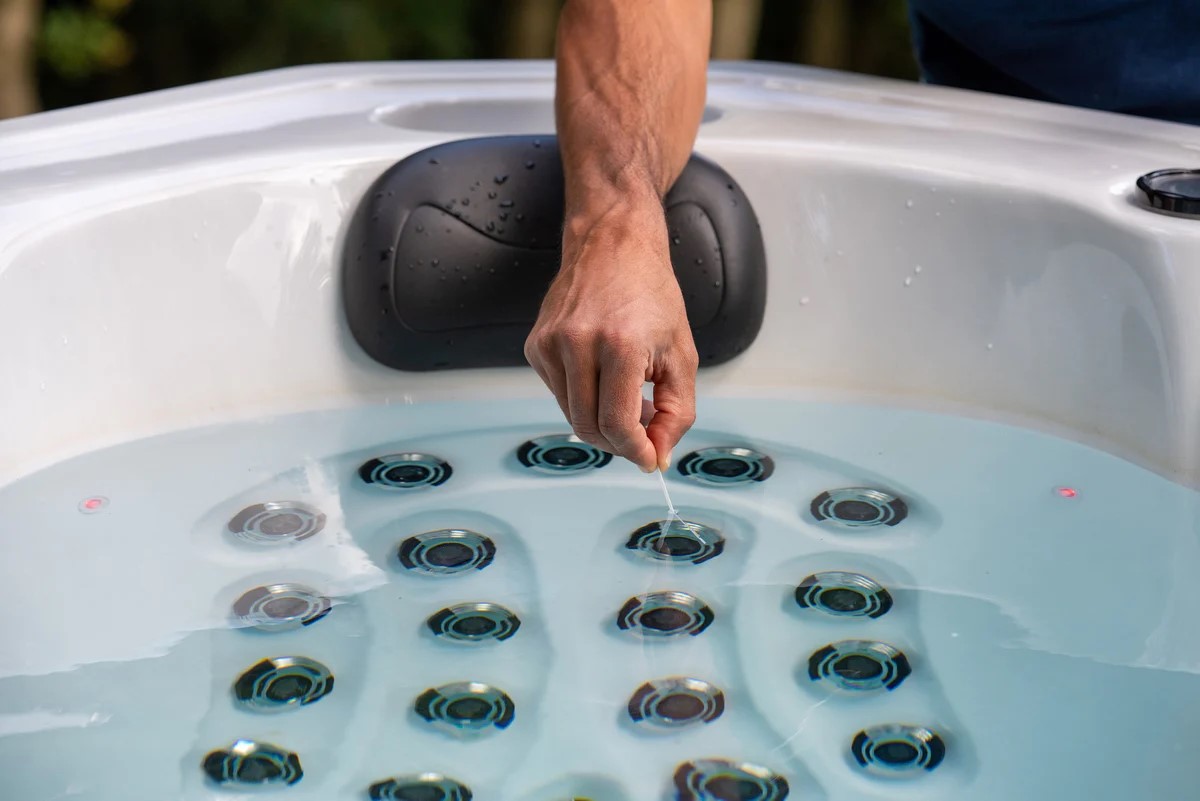
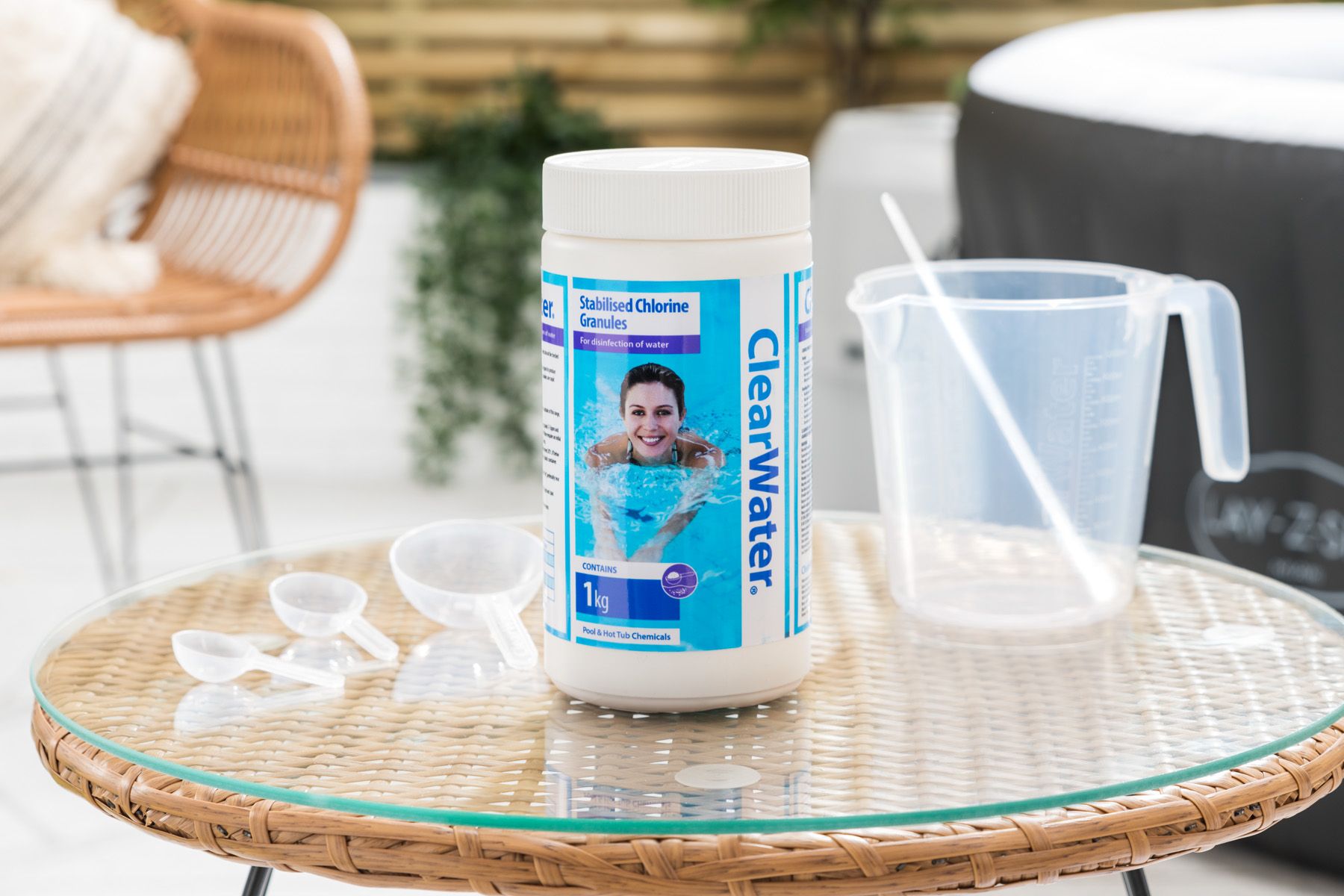
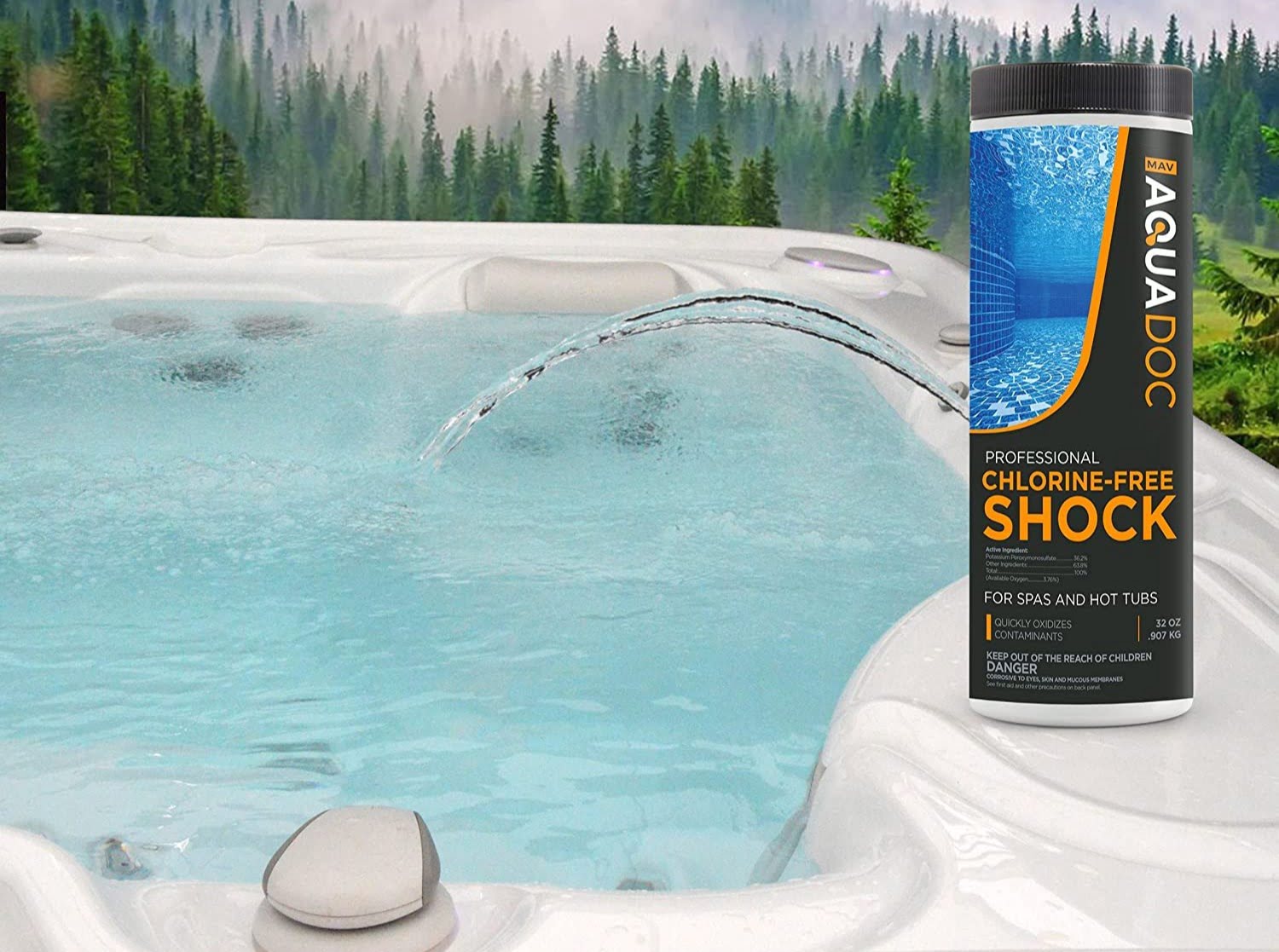
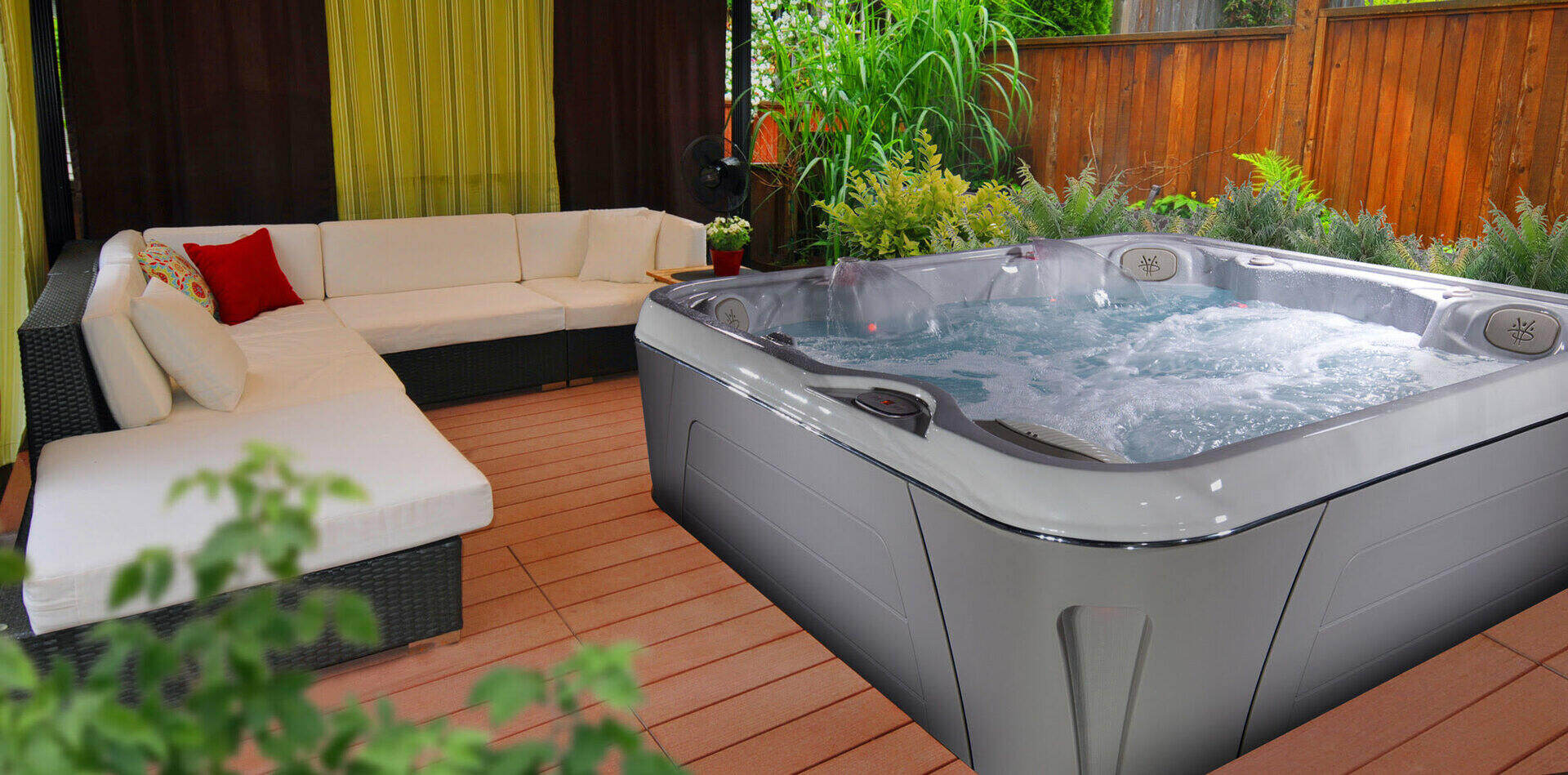
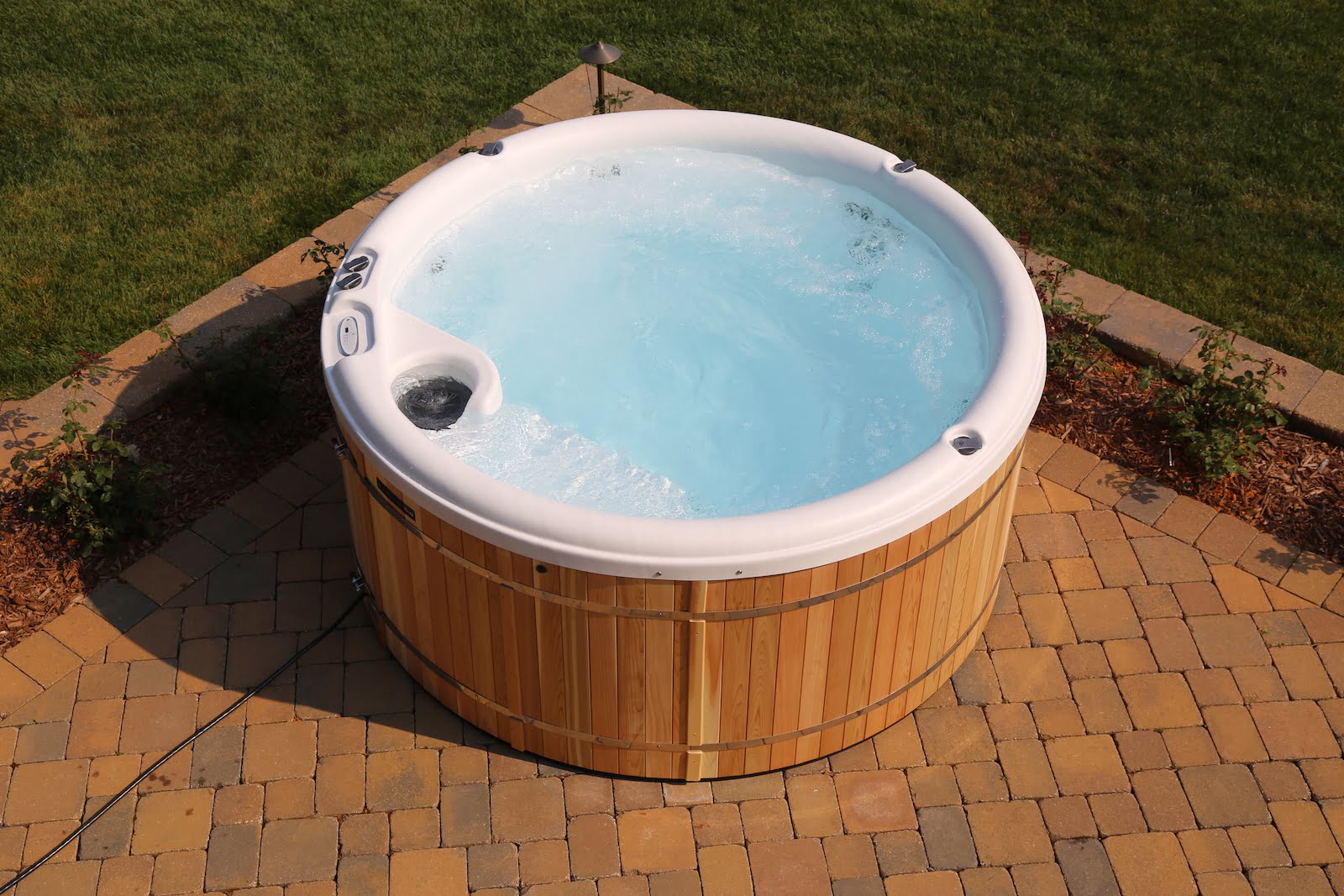
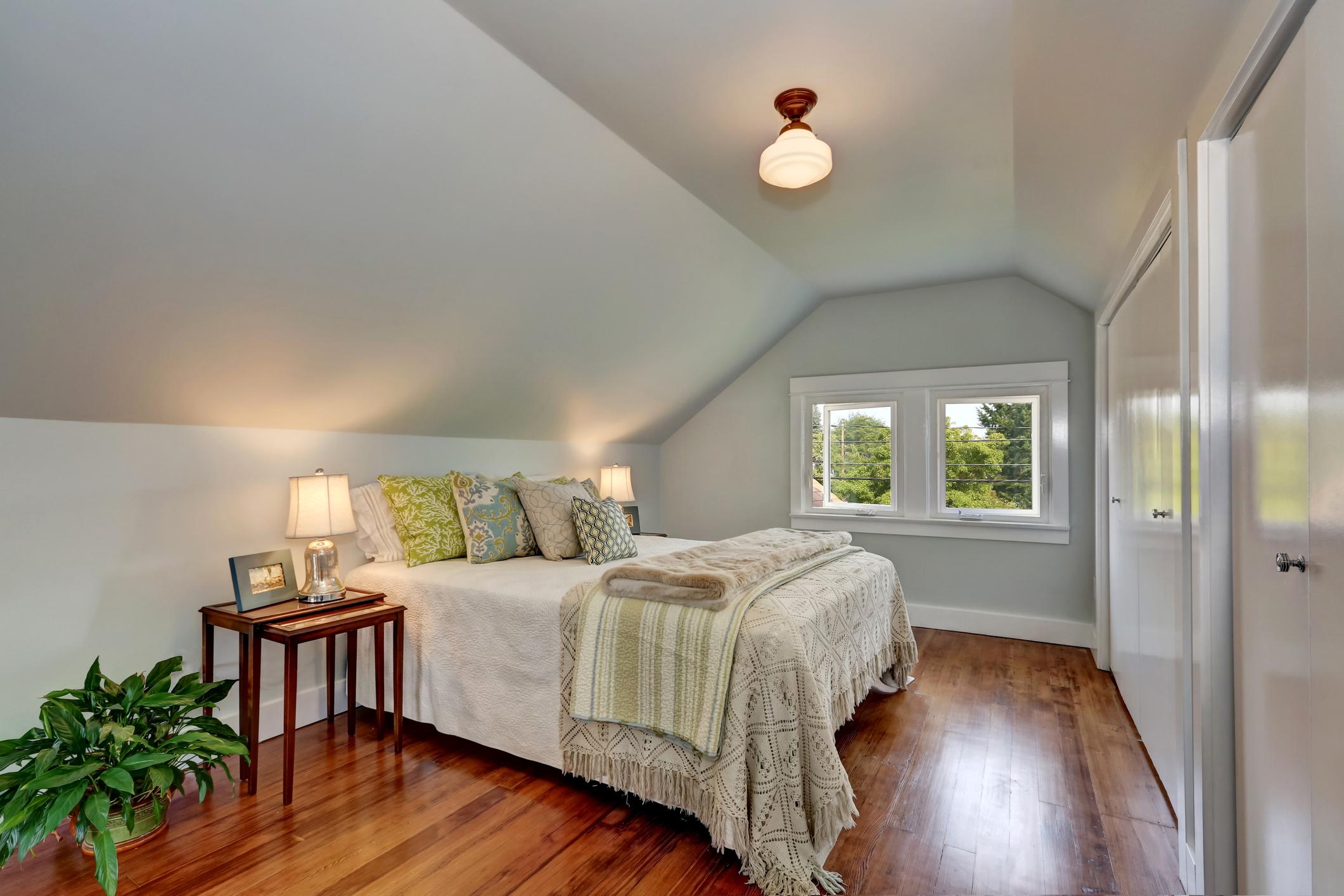

0 thoughts on “Why Is My Chlorine Level So Low In Hot Tub”